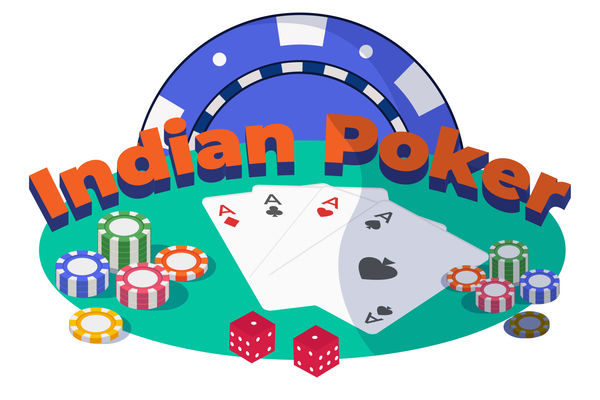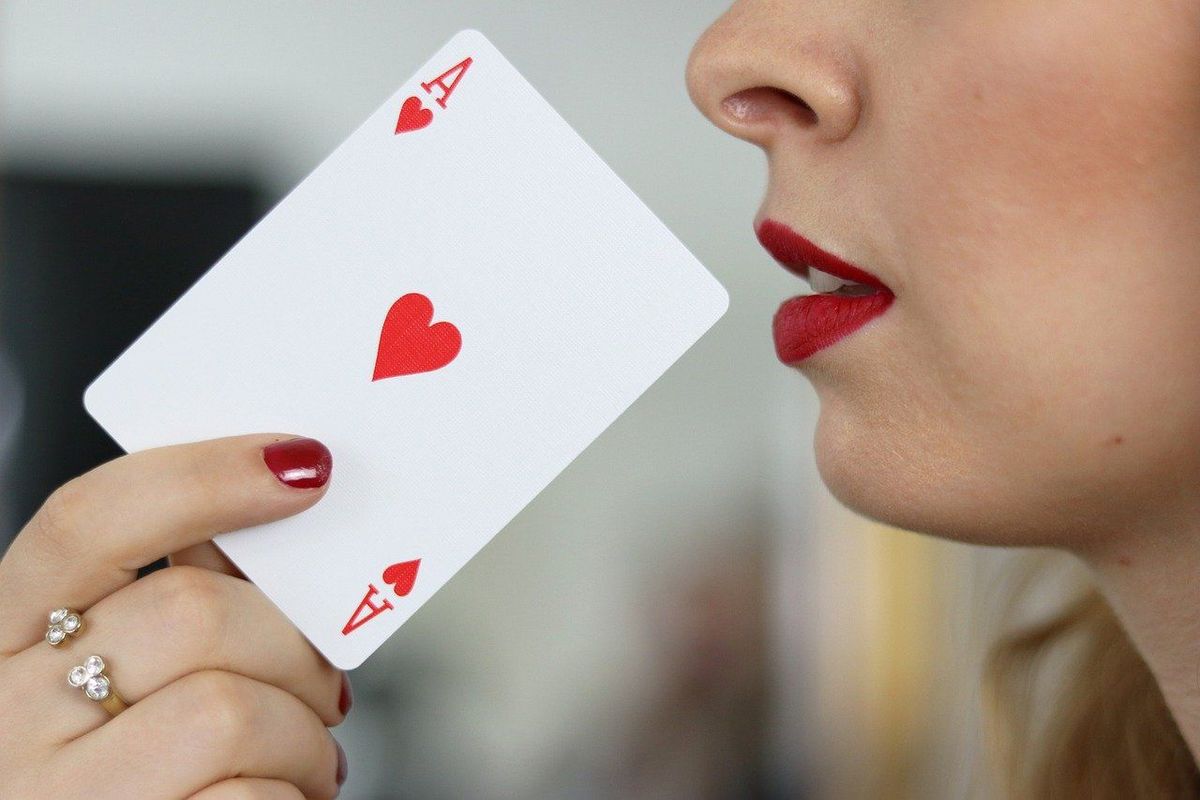How to Play Indian Poker
March 15, 2022

Among all poker variants that you can play with friends, Indian poker is perhaps the most fun.
When one thinks of poker, the picture of severe, intense faces and stacks of chips comes to mind.
But Indian poker is played for casual fun. That is not to say that you don’t need a severe poker strategy. You will need to be very good at mind reading.
What is the Objective of Indian Poker?
Indian poker is known as the blind man’s bluff. A player can see the cards dealt with other players but not their cards. The player aims to get the highest card through bluff, strategy, and a bit of luck. The highest card wins the game.
Indian poker is a bit like ‘reverse poker’ when you think of how bluffing is done in other poker variants. However, instead of forcing the other player’s hands by bluffing with your card, you influence their decisions using the cards they hold.
You make your opponents think they have a higher or lower card than they have to encourage them to fold or stay in the game.
Indian poker is an excellent game to test your ability to read people if you want to play poker in a social setting. It is common to find an Indian poker drinking game at many house parties.
The player who makes a wrong call and loses drinks the other players’ shots. The loser in the last round is ‘punished’ by downing the previous shot. But some people also bet a few dollars to keep the game interesting when there is no alcohol.
Online gamblers can play Indian Poker in most legal online casinos and modern casino apps in the US. You can learn more by checking out the BetMGM app or Caesars App.

What do you Need for a Game of Indian Poker?
You will need a standard deck of 52 cards. You need at least three people in the game. The more, the merrier, but the number should be such that the pack can go around several rounds.
The usual game has each player using one card per betting round, but two-card Indian poker or more card games are also used. If the number of players is too high, you will pick from the dropped unshuffled pack of cards.
How to Deal Cards in Indian Poker
Unlike many poker game variants, Indian poker does not have community cards. Instead, the dealer will issue one card per player in the ordinary Indian poker game.
The two-card Indian poker game is also typical. Some variations go up to 5 cards, but it is rare to have games playing more than two cards.
The dealer will issue all cards in a pack. The card ranking is the same as regular poker games, from highest to lowest; A, K, Q, J, 10, 9, 8, 7, 6, 5, 4, 3, and 2.
Some Indian poker rules call for dealing only the high cards from 10 to Aces. High card games are simple yet need more bluffing and strategy because of the ranking of the cards. Some variations have the lowest card as the winner.
How Indian Poker Betting Rounds Work
- Players place their ante (bets). The stakes are usually shots of beer or whiskey but could also be $10 bets.
- The dealer deals the cards; one per player or the agreed number of cards face down. No player should peek at their cards. The penalty for peeking is folding your hand immediately.
- On a signal from the dealer, each player will place their cards on their foreheads.
- Another betting round ensues where the player can call or raise their ante, otherwise fold their hand. The betting goes clockwise. A player cannot check if the player in front has called or raised.
- If no player calls or raises, the cards are put down and ranked to have a winner. The highest card wins.
- If it is a two-card game, the players will have two rounds of betting and so on, depending on the number of cards dealt with the players
- The betting rounds go on until one player is left holding a winning card.
Best Indian Poker Strategy and Plays
Basic strategy calls for making aggressive bets and watching the fold players. If a majority of the players fold, you can be pretty confident that you have a high-ranking card.
But if they laugh at your or smile at your aggressive betting, it is very likely that you have a low card and are making a foolish bet.
Indian poker is aptly called blind man’s bluff because you are like a blind man making threats. You cannot tell the strength of your hand but only rely on the reactions of your opponents. This game is very good at helping you learn how to read people.
Are you looking for fun games and activities to have at your upcoming party? Then, add life to the party with a round of Indian poker. The experience will be memorable.







